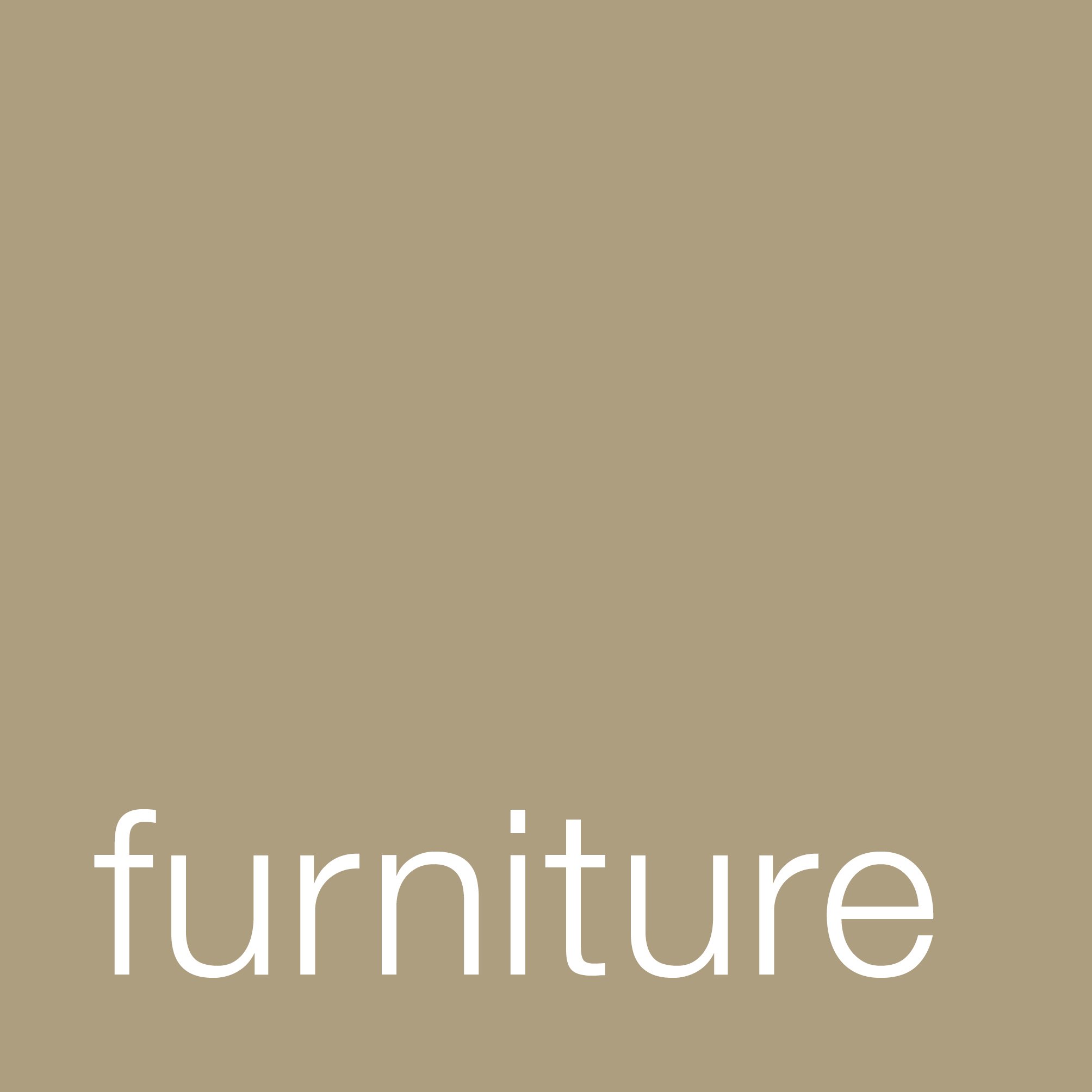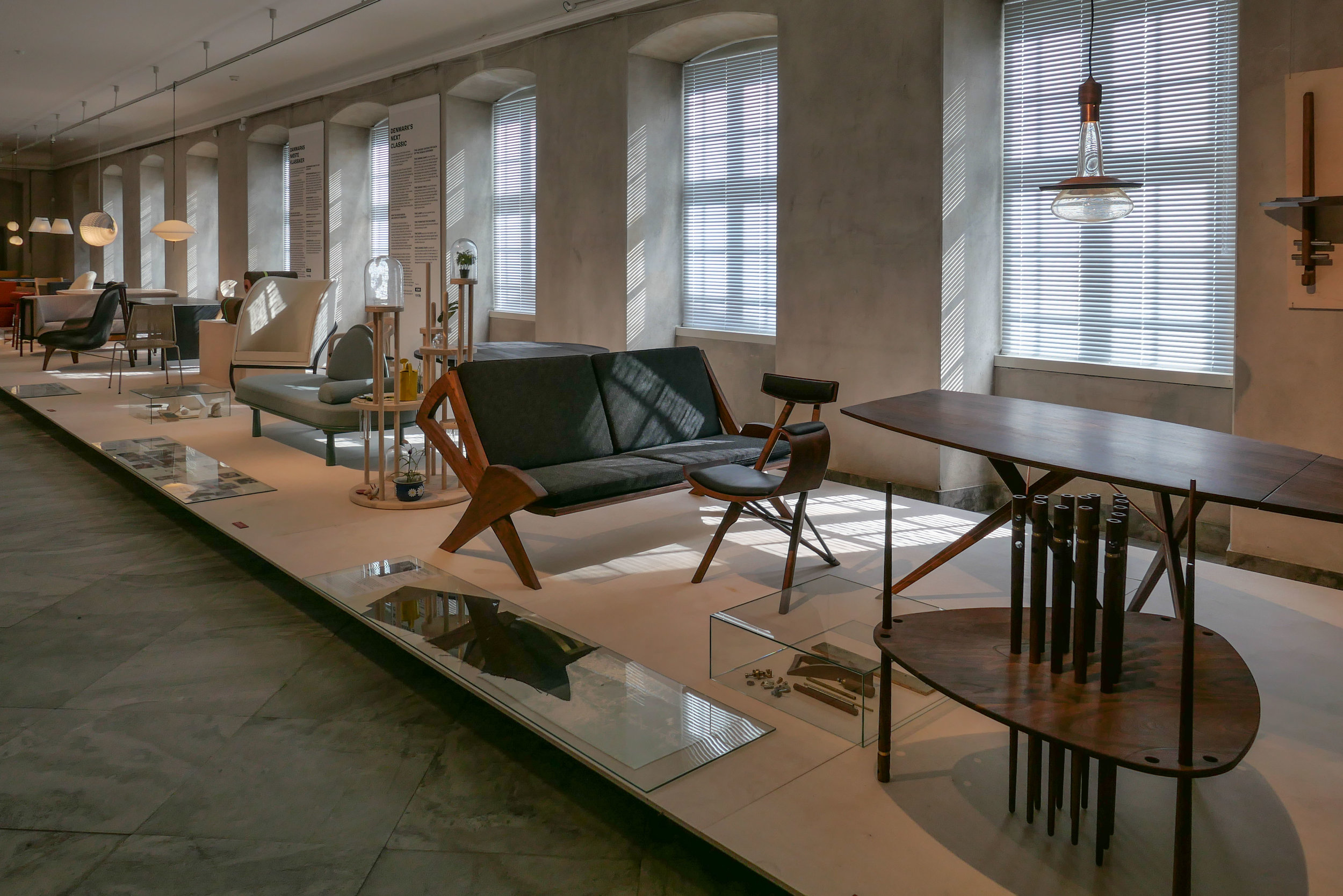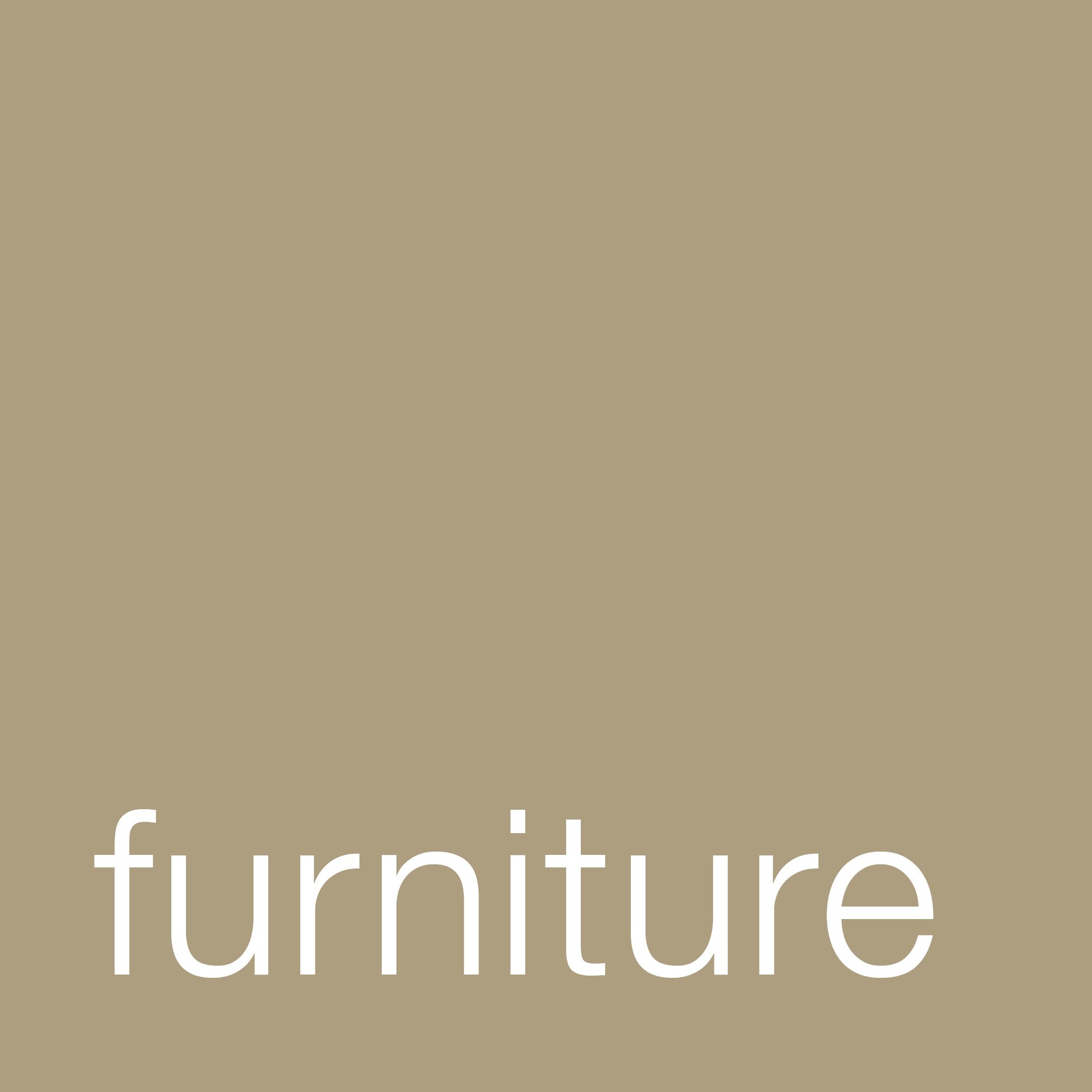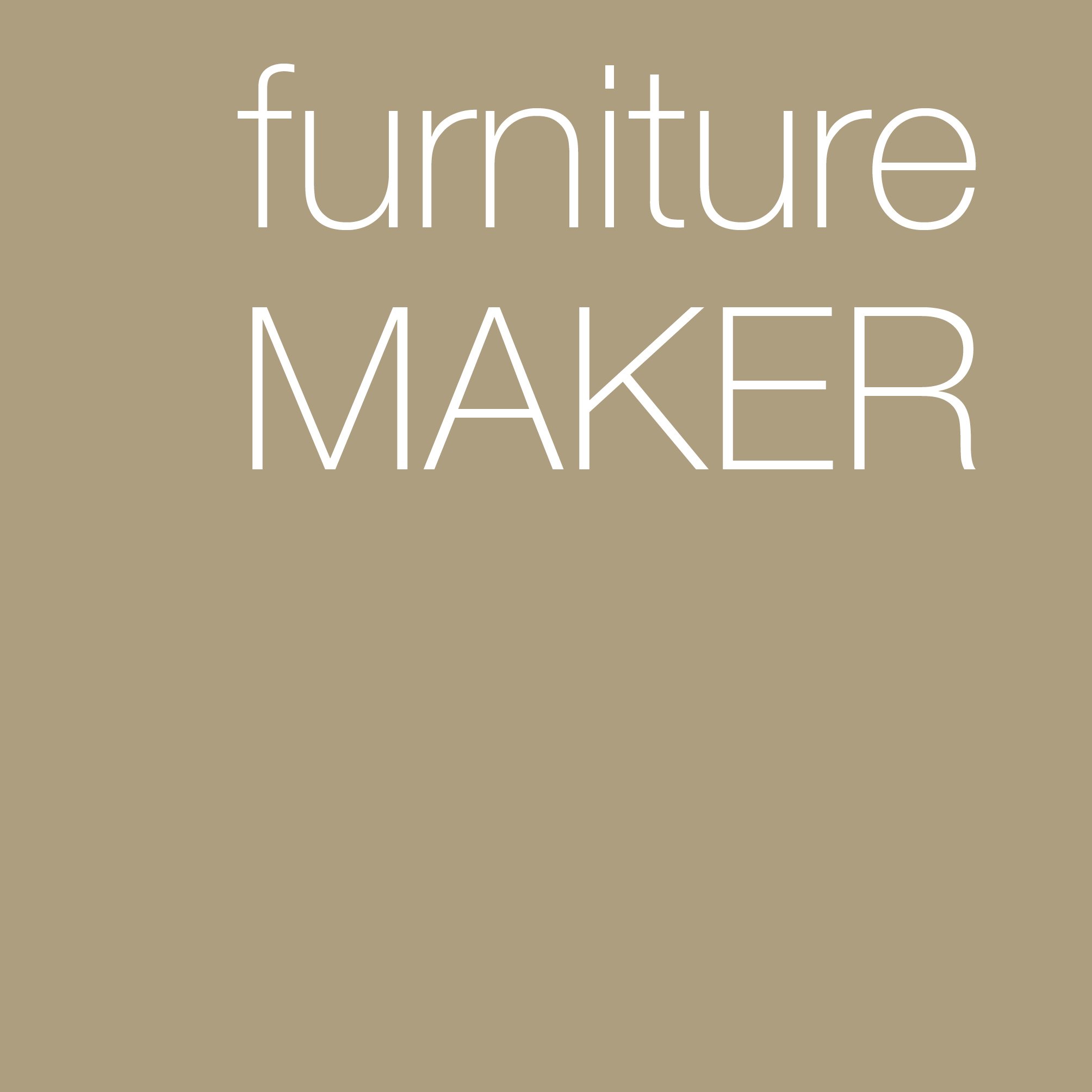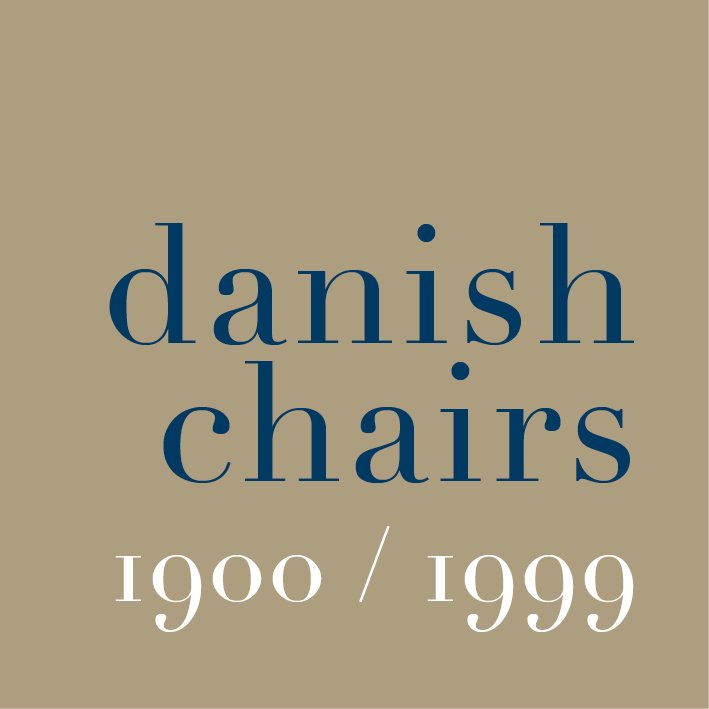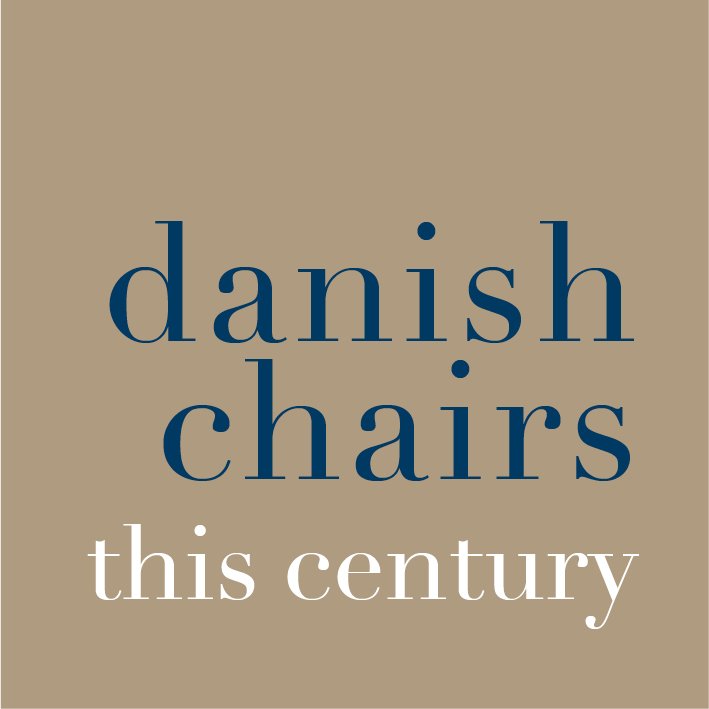Denmark's Next Classics
/This is the last opportunity to see Denmark’s Next Classics at Designmuseum Danmark.
The exhibition shows the work of five designers who took part in a series on Danish television in the Spring that sought to find new designs that could become design classics in the coming years.
From each designer there is a dining chair, a dining table that can be extended, a pendant light, furniture for children, a sofa and a lænestol or arm chair.
With sketches and models for the designs and with audio-visual material - including clips and interviews from the programmes - Denmark’s Next Classics explores the process of design.
The designers are Janus Larsen, Isabel Ahm, Rasmus B Fex, Kasper Thorup and Rikke Frost.
Judges for the competition were Anne-Louise Sommer - professor of design and now director of Designmuseum Danmark - and the designer Kasper Salto.
Denmark’s Next Classics
at Designmuseum Danmark until 1 September 2019
the six programmes can still be viewed
on line through the DR site
